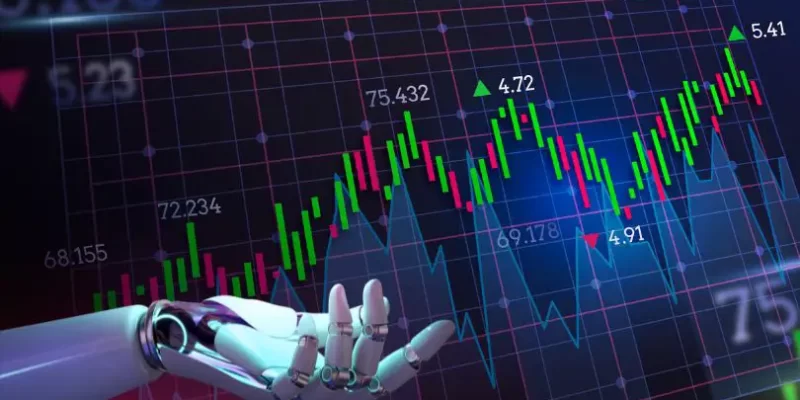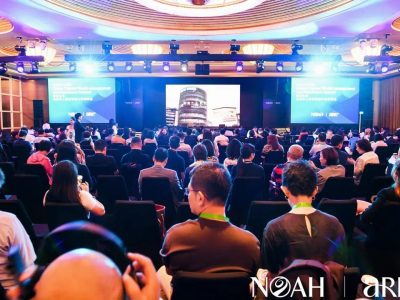In the rapid environment of trading and investing, quickness is paramount. The ability to swiftly analyze data and execute trades outpaces the competition, potentially leading to substantial profits or missed opportunities. This is where artificial intelligence (AI) powered automated trading systems provide a game-changing advantage. By harnessing advanced AI, machine learning, and deep computing capabilities, traders process information and capitalize on fleeting market opportunities at velocities that cannot be matched by human traders alone.
Accelerated data processing
- Streaming live market data (prices, quotes, order books)
- Historical time-series data across assets
- Company fundamentals (financials, operations)
- News, social media, consumer data
- Economic releases, alternative datasets
While human analysts would require weeks to sift through and make sense of these big data firehoses manually, AI models powered by machine learning can instantaneously identify complex statistical patterns, build predictive models, and extract tradeable insights orders of magnitude faster. This superior data processing velocity gives AI-driven trading strategies a crucial time advantage over traditional methods to exploit pricing inefficiencies and act on new information before it gets priced into markets.
Ultra-fast order execution
Once an AI model determines a trading opportunity fits the parameters for action, its algorithms can automatically route and execute the required orders at blistering speeds measured in micro or nanoseconds. This ultra-low-latency intelligent order routing aims to implement the trading strategy most advantageously by:
- Minimizing market impact and crossing spread costs
- Splitting large orders into smaller pieces to stay hidden
- Leveraging intelligent order routing across multiple venues
- Instantly updating orders based on real-time market changes
- Precision timing executions to target benchmarks like VWAP
These automated, optimized AI execution capabilities eliminate human weaknesses like emotional biases and fat-fingering errors and drastically accelerate trading implementation compared to manual methods.
Real-time performance analytics
AI trading systems also accelerate activities even after execution by rapidly calculating complex performance metrics and risk analytics in real-time, including:
- Real-time profit/loss calculations
- Portfolio exposures, marginal Value-at-Risk contributions
- Implementation shortfall versus benchmarks
- Trade, basket, and strategy-level transaction cost analysis
- Automated hedging, future roll management, and market re-hedging
Instead of delaying these calculations via overnight processes, AI enables up-to-the-second monitoring, dynamic risk adjustment, and strategy refinement for improved future trade execution.
Empowering human intelligence
While heavily augmented by machine intelligence, AI only partially replaces human traders. Emerging models blend the strengths of both for a synergistic human-AI collaboration:
- AI handles the heavy lifting of data crunching at superhuman speeds to generate actionable insights and trade ideas
- Human traders provide qualitative oversight, vet the ideas through fundamental analysis lenses, and approve execution plans
- AI automates the trade execution, dynamic re-hedging, analytics reporting
- Traders refine strategies, leverage their experience pattern recognition and course-correct future AI model iterations
- This cycle repeats in a productive human-machine feedback loop
So, by empowering human traders with AI as an intelligent “co-pilot”, investment firms can capitalize on the best of both worlds to maximize trading alpha and execution performance.
Quantum computing
The future may see quantum computers’ incredible parallel processing capabilities harnessed for AI trading and investment use cases once the technology scales. This includes simulations, massive multiplayer games for reinforcement learning, quantum ai trading, and more advanced techniques. For latency-sensitive automated trading strategies like market making or arbitrage, specialized “edge computing” devices execute AI models with sub-millisecond latencies at exchange colocation facilities. As these next-gen technologies converge with AI, the already blazing speed and performance advantages of automated AI trading systems will likely accelerate even further in the years ahead.








Comments